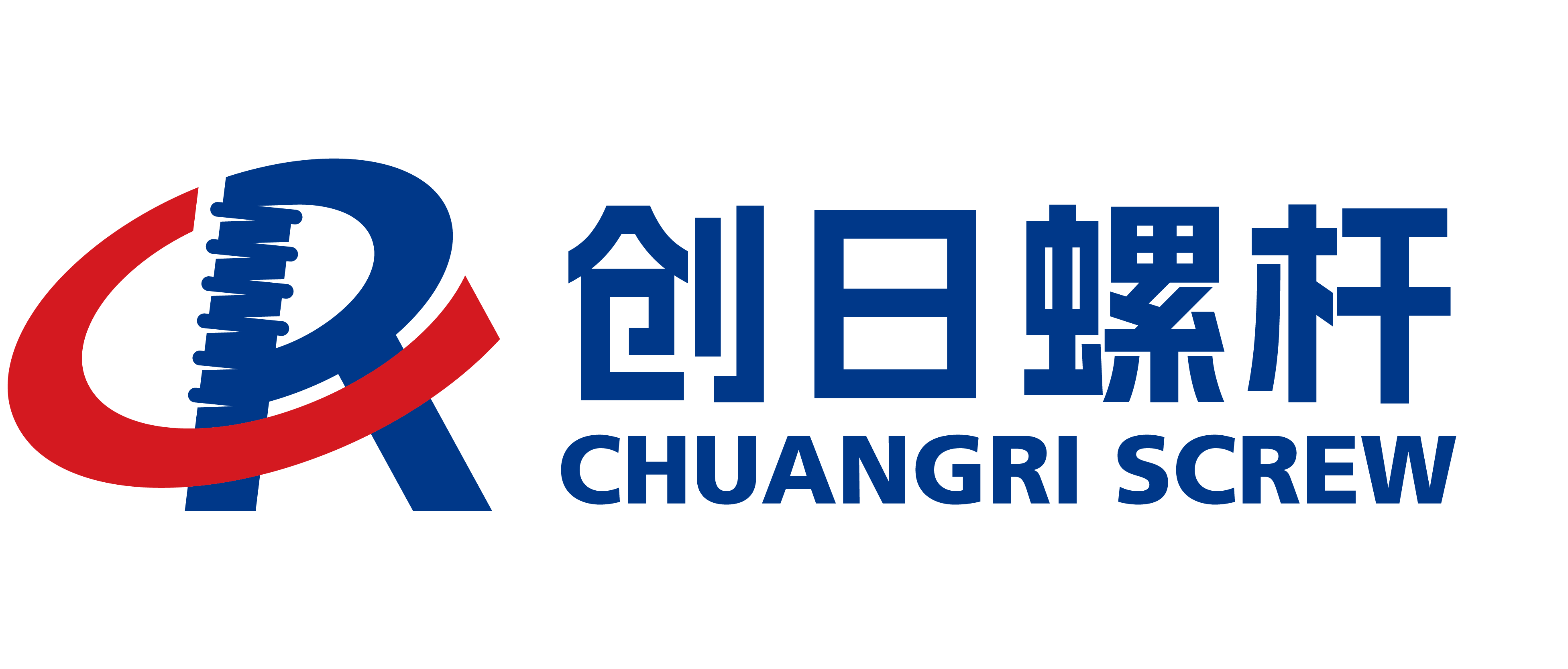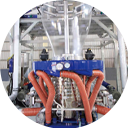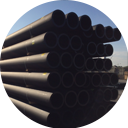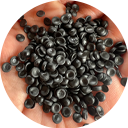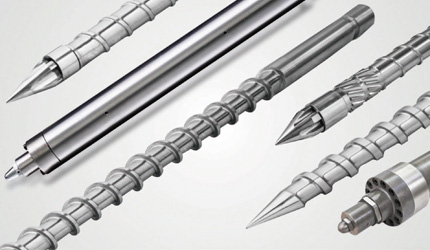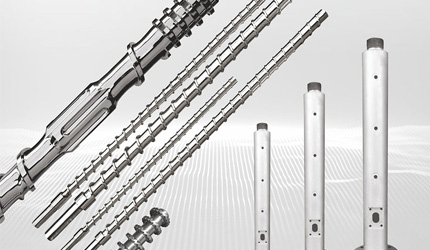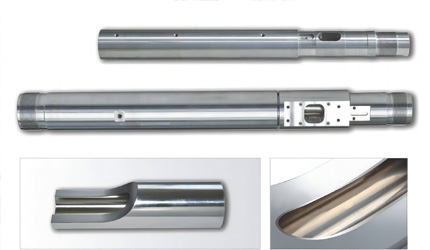Screw Barrel for Injection Mold: Essential Knowledge in 3 Minutes
Screw Barrel for Injection Mold: Essential Knowledge in 3 Minutes
Injection molding is a go-to process in the plastics world. It’s the backbone for crafting precise plastic parts for industries like cars and medical gear. At the core of this process is the screw barrel. It melts, mixes, and pushes raw plastic into molds. Knowing about screw barrels is key to nailing the injection molding game and churning out top-notch products.
At CHUANGRI SCREW, we’re all about crafting tough, high-performance screw barrels tailored to your needs. This blog dives into what screw barrels do, their types, and design tweaks that boost performance. We’ll also share tips on picking the perfect screw barrel for your setup to keep things efficient and long-lasting.
What Is a Screw Barrel in Injection Molding?
A screw barrel in injection molding is the dynamic duo of the screw and barrel. They team up to process plastic materials. The screw spins inside the barrel, grabbing plastic pellets from the hopper, heating them to a gooey melt, and shooting them into the mold under high pressure.
At CHUANGRI SCREW, we know precision and dependability are everything. Our screw barrels are built for awesome plasticization, steady melt quality, and big output. These are must-haves for great injection molding results. The screw barrel system makes sure heat spreads evenly, mixes well, and moves plastic smoothly for top-tier molding.
Main Types of Injection Molding Screw Barrels
Picking the right screw barrel is a big deal for making injection molding shine. There are three main types: integral barrels, combination barrels, and bimetallic barrels. Each fits specific jobs. Let’s break them down.
Integral (One-Piece) Barrel – Precision and Consistent Heating
Integral barrels are crafted from a single chunk of high-quality steel. They dish out exact, even heating, and are super sturdy. This makes them perfect for jobs needing pinpoint temperature control, like high-precision molding.
Combination (Segmental) Barrel – Flexibility and Cost-Effectiveness
Combination barrels are like Lego sets. They’re made of swappable segments you can replace when worn out. This setup is flexible and saves cash since you only swap the tired parts, not the whole barrel.
Bimetallic Barrel – Superior Wear Resistance for Demanding Applications
Bimetallic Barrels have a tough inner layer, like tungsten carbide, for extra durability. They’re champs at handling abrasive materials in high-output jobs, like recycling or processing glass-filled plastics. CHUANGRI SCREW specializes in bimetallic barrels that stand up to harsh conditions. They cut down on replacements and keep production humming. These are great for industries using tricky materials like engineering plastics or recycled polymers.
Key Design Features That Impact Performance
The screw barrel’s design shapes how well injection molding works. Features like the feeding port, surface finish, and heating zones play a huge role in efficiency and product quality. Let’s dig into these.
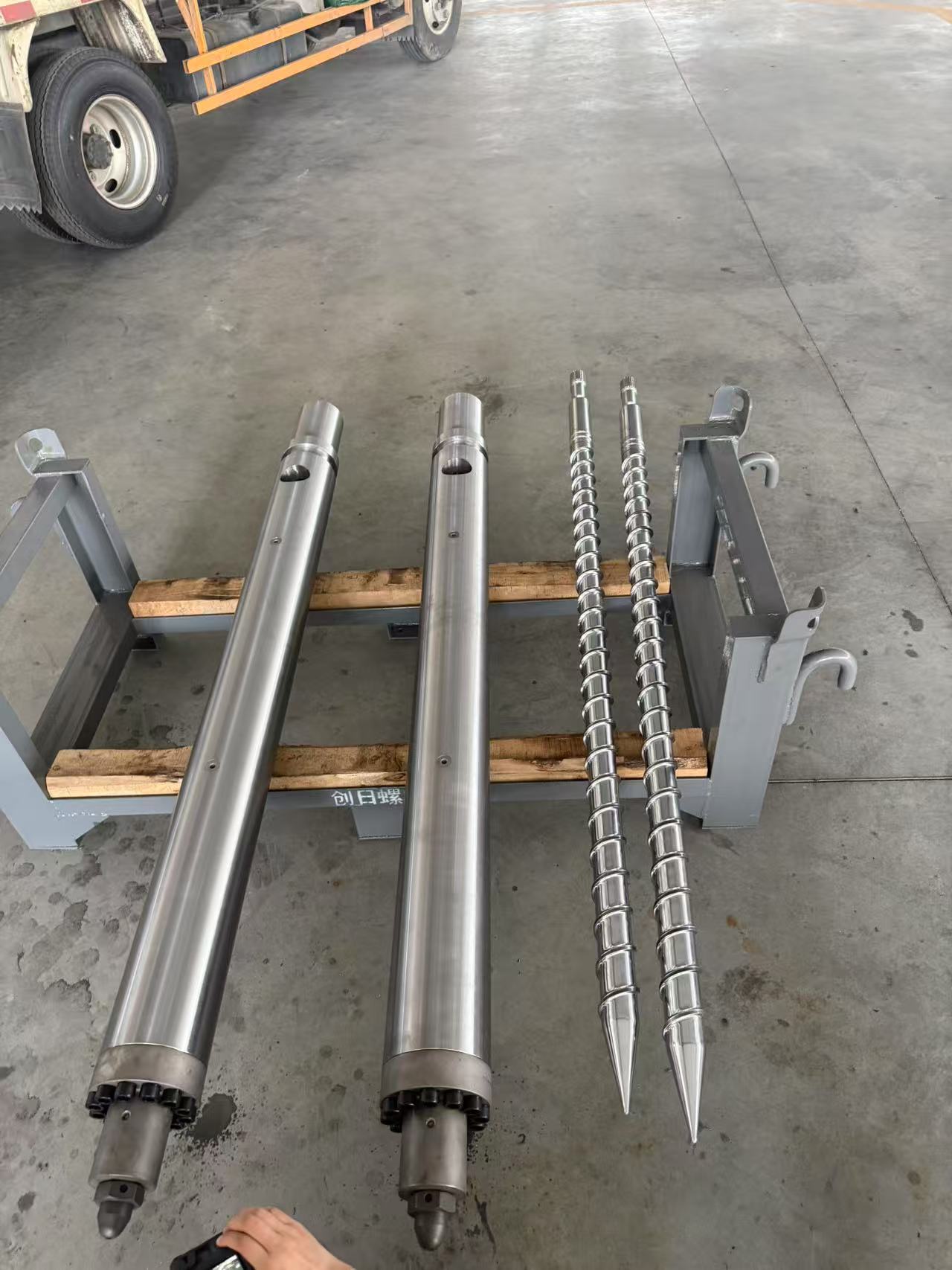
Feeding Port Shape and Location – Enhancing Feeding Efficiency
The feeding port’s shape and spot are super important. A well-designed port keeps plastic flowing steadily into the barrel, cutting down on clogs and waste. CHUANGRI SCREW tweaks port designs to spread material evenly for smooth heating and top plasticization.
A smart port setup also speeds up material feed, slashing cycle times and boosting productivity. This is a game-changer for fast-paced, high-output jobs.
Inner Surface Finish and Groove Geometry – Promoting Smooth Material Flow
The barrel’s inner surface and screw groove design matter a lot. A slick surface cuts friction, making material flow easier and reducing wear. CHUANGRI SCREW uses advanced surface treatments to keep things gliding and prevent material breakdown. Our precisely carved grooves mix materials well and stop stagnation, ensuring consistent melt quality.
Heating Zones and Temperature Control – Ensuring Stable Melt Quality
Precise temperature control is a must for injection molding. Multiple heating zones in the barrel let you fine-tune the material’s heat for even melting and the right thickness. CHUANGRI SCREW builds in cutting-edge heating tech for spot-on temperature control across the barrel.
Our barrels keep temperature swings in check, ensuring steady melt quality. This is key for handling high-temperature or sensitive materials that need careful heat management.
How to Extend the Service Life of the Screw and Barrel
Keeping your screw barrel in tip-top shape cuts downtime and replacement costs. Good maintenance, smart material choices, and quick fixes for wear can stretch its life big time. Here’s how to make it last.
Proper Material Selection for Specific Resin Types
The plastic you’re molding affects how fast the screw barrel wears. Picking the right material for the job can slow down damage. CHUANGRI SCREW offers custom barrels for specific resins, like glass-filled or high-temperature plastics. Our screw barrels handle tough stuff while staying strong.
Choosing the right barrel material lowers damage risks, extends life, and cuts costs by reducing replacements.
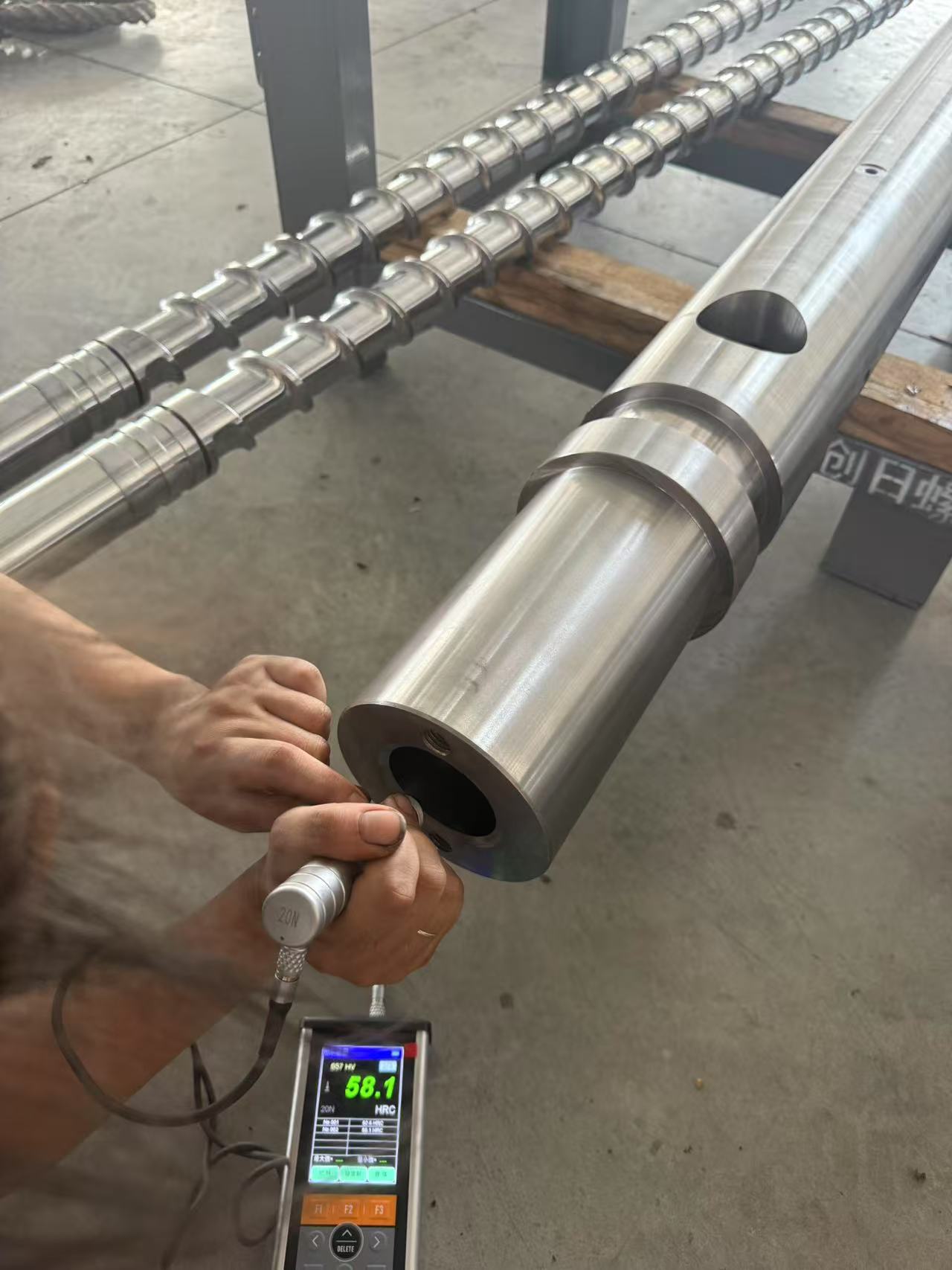
Maintenance Best Practices – Regular Cleaning and Inspections
Regular upkeep is a lifesaver for screw barrels. Routine cleaning stops material buildup that can clog things up or hurt flow. Regular checkups spot wear early, preventing bigger headaches later.
CHUANGRI SCREW suggests a proactive maintenance plan to keep your barrel in prime shape. Our team can guide you on cleaning, checking, and caring for your gear to make it last longer.
Common Failure Signs – How to Recognize and Address Issues
Watch for signs like lower output, uneven melt temperatures, or visible surface scratches. These scream wear. Act fast to avoid worse damage. CHUANGRI SCREW offers troubleshooting help to pinpoint problems and get your production back on track.
FAQ
Q: How do I know when my screw barrel needs replacing?
A: Look for lower output, wobbly melt temperatures, or surface damage. If maintenance doesn’t fix these, it’s time for a new barrel.
Q: Which is better for my process: integral or bimetallic barrel?
A: Bimetallic barrels rock for abrasive or high-heat jobs. Integral barrels are best for precision tasks needing steady melt quality.
Q: How often should I perform preventive maintenance on a screw barrel?
A: Every 500-1000 hours, depending on the material and wear level.
Q: Can a worn screw barrel be repaired instead of replaced?
A: Yes, CHUANGRI SCREW offers refurbishment to restore barrels, stretching their life and saving on full replacements.
Q: What’s the typical lifespan of a screw barrel in injection molding?
A: About 2 to 5 years, based on material, production volume, and upkeep habits.
